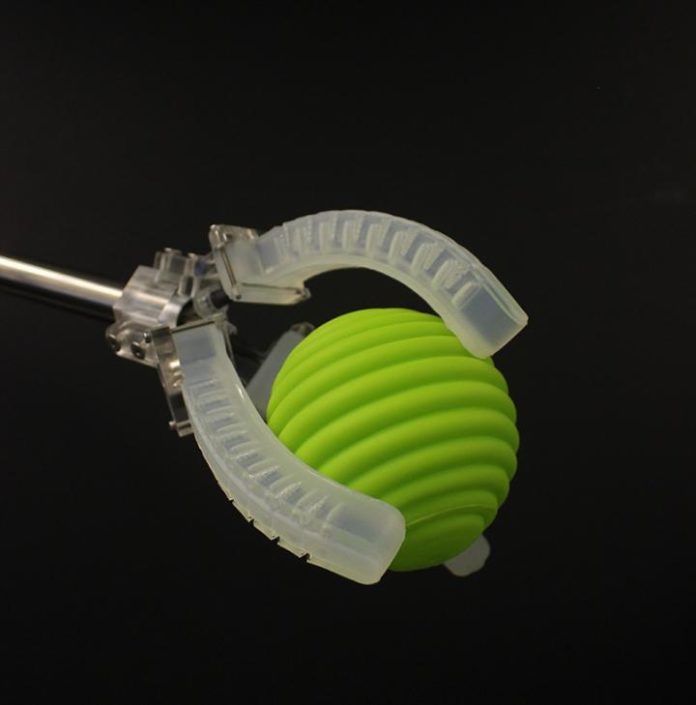Harvard scientists have developed soft robots by taking inspiration from nature. The robot can crawl, swim, grasp delicate objects and even help a pulsating heart, yet none of these gadgets has possessed the capacity to detect and react to their general surroundings.
The robot is embedded with sensors that can sense movement, pressure, touch, and even temperature. Scientists used an organic ionic liquid-based conductive ink that can be 3D printed within the soft elastomer matrices to embed the sensors within the robot.
Ryan Truby, first author of the paper and recent Ph.D. graduate at SEAS said, “Our research represents a foundational advance in soft robotics. Our manufacturing platform enables complex sensing motifs to be easily integrated into soft robotic systems.”
Michael Wehner, a former postdoctoral fellow at SEAS said, “To date, most integrated sensor/actuator systems used in soft robotics have been quite rudimentary. By directly printing ionic liquid sensors within these soft systems, we open new avenues to devise design and fabrication that will ultimately allow true closed-loop control of soft robots.”
To manufacture the device, analysts mainly depended on a 3D printing technique created in the lab of Jennifer Lewis, the Hansjorg Wyss Professor of Biologically Inspired Engineering at SEAS and Core Faculty Member of the Wyss Institute. The system – known as embedded 3D printing – seamlessly and rapidly coordinates numerous highlights and materials inside a solitary delicate body.
For testing, scientists printed a soft robotic gripper comprised of three soft fingers or actuators. Scientists tested the gripper’s ability to sense inflation pressure, curvature, contact, and temperature. They embedded multiple contact sensors, so the gripper could sense light and deep touches.
Robert Wood, the Charles River Professor of Engineering and Applied Sciences at SEAS said, “Soft robotics are typically limited by conventional molding techniques that constrain geometry choices, or, in the case of commercial 3D printing, a material selection that hampers design choices. The techniques developed in the Lewis Lab have the opportunity to revolutionize how robots are created – moving away from sequential processes and creating complex and monolithic robots with embedded sensors and actuators.”
The research is published in Advanced Materials.
